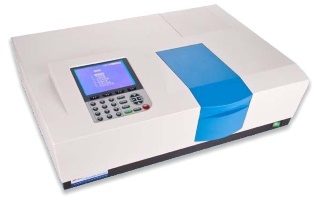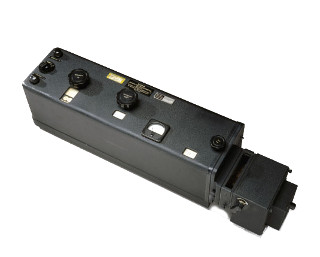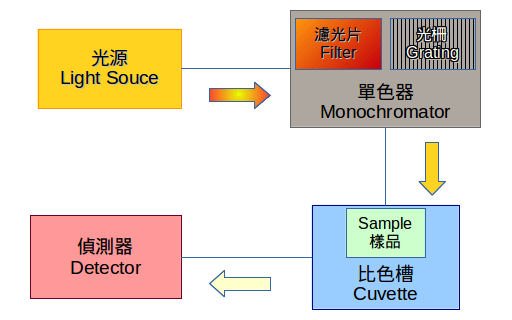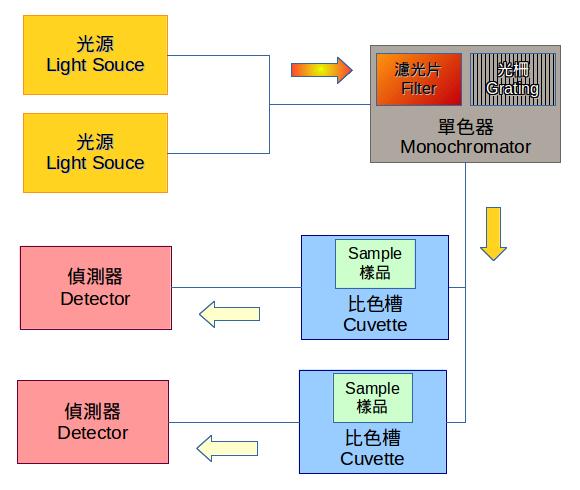The Past And The Future of UV-Vis Spectrophotometer

In the 1930s, scientists found the phenomenon of of absorpting of ultraviolet light on Vitamin A, while researching the content of vitamin in the army rations. The research finally lead out the commercial UV-Vis spectrophotometer in the early 1940s.
In 1941, Beckman Instruments Inc. launched the first commercial UV-visible spectrophotometer in the world, DU UV-Vis Spectrophotometer. This spectrophotometer can shorten the measurement which takes several hours or even days, which was in the past. Although the modern UV-Vis spectrophotometer has been quite different then this historical one, however, the basic principle of operation is very much similar. It measures the light flux difference before and after passing the sample, according to the amount of the light is absorbed by the liquid sample, one can measure characteristics of the sample.

Beckman Instruments Inc. launched the first spectrophotometer in the world.
The modern UV-Vis spectrophotometer (hereafter referred to as UV-Vis, equal to UV / Vis), has beem developed in severl types of architectures, in order to fit to different testing requirements. There are two main types of UV-Vis, Dispersive and Photodiode Array.
- Dispersive UV-Vis uses a diffraction grating (it is a "wavelength selector") to filter the white light in to a single wavelength light, before the light is led into detector. A diffraction grating is also called “Monochromator", in the past, a monochromator can be a prism, but now it is rare.
- Photodiode Array UV-Vis has the white light directly pass through the sample, and then use the light dispersion to break down the light into different wavelengths, and each individual light with different wavelength is senses by the Photodiode Array. The benefit is this UV-Vis instrument is fast, however, there are some disadvantages, yet more progressive future optical detectors and related technical breakthrough. Therefore, it is still not so common than the dispersive UV-Vis spectrophotometer.
The modern dispersive type UV / VIS spectrophotometer technologies are designed based on the number of light source and detectors, which can be divided into two types:
Single Beam: Composed by a single light source, a monochromator, a cuvette, and a detector. The simple structure brings the cheapest price.

Double Beam: There are two light sources, two cuvettes, and two detectors. ACTTR Technology introduced UV1901 series UV-Vis spectrophotometer, is designed based on this framework. It has not only the excellent performance, but also the price is pretty economic, which is a cost-effective instrument for most of the industries and research organizations.

Structure of Double Beam UV-Vis Spectrophotometer
The future of UV-Vis Spectrophotometer will still go on and on. The evolution of this technology will be developed towards to "easy-to-use", "portable", and "application-specific" direction. Furthermore, the application field for the analysis of solid samples, such as solar cell research, semiconductor products, as well as the coating materials, etc., UV / VIS spectrophotometer is still the most common usage. Besides, the evolution of the light source such as the LED light source, it also brought the new future for UV / VIS spectrophotometer. This new light source, not only have the opportunity to improve the traditional UV / VIS spectrophotometer, it also brings the brand future for the handheld spectrophotometer, which will bring new applications as well. The remote detector (via fiber optic) can take out of the laboratory. These technologies is on the way and will be brought to us in the near future.
ACTTR Technology is the most aggressive & the most professional instrument of spectrometer distributor, agent, reseller, in Taiwan


